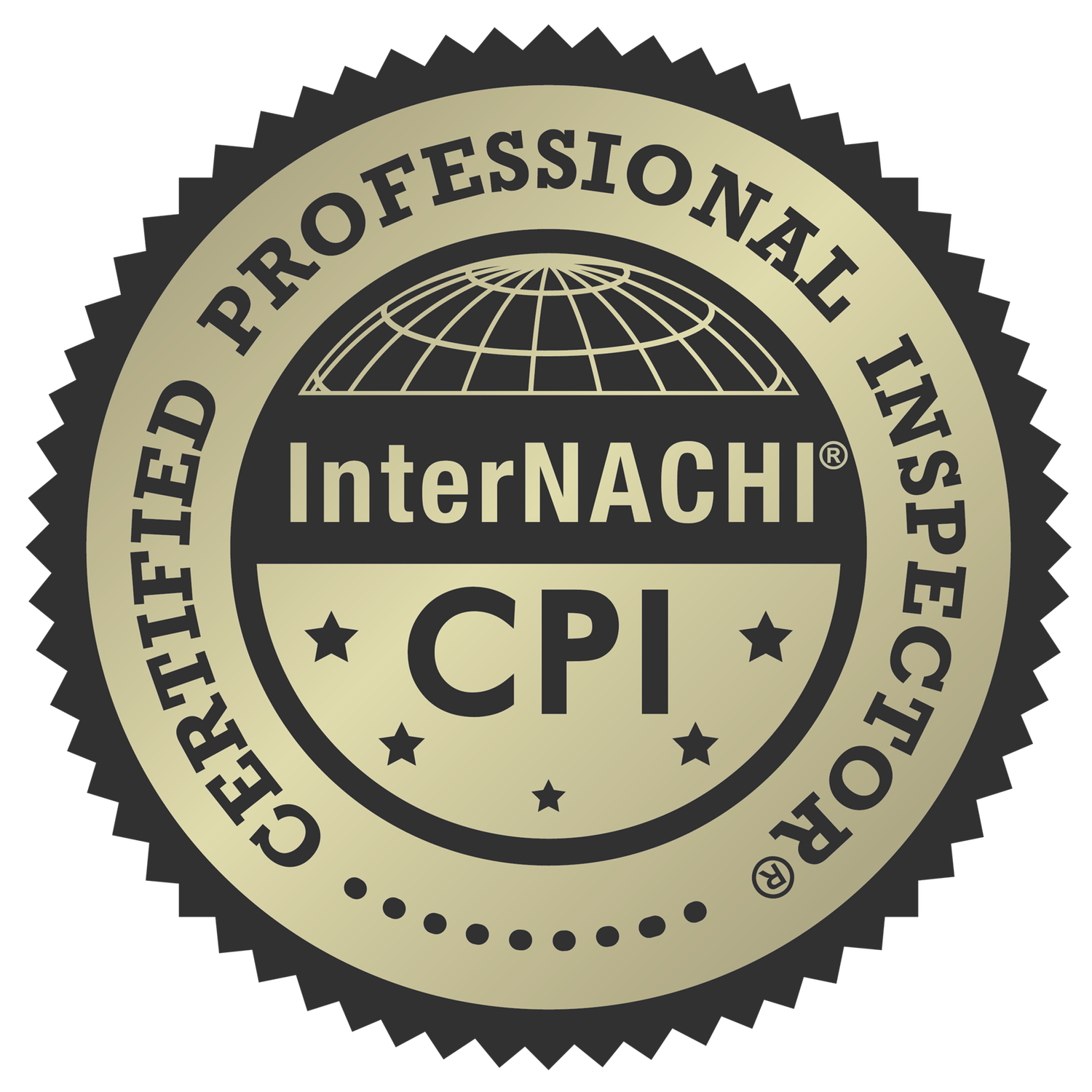Buying a New Build vs. an Older Home – Pros and Cons
When shopping for a house, one of the biggest decisions you’ll make is whether to buy a brand-new home or a charming older property. Each option offers distinct advantages and drawbacks, and understanding them will help you choose a home that fits your lifestyle, budget, and long-term plans. Below, we compare the pros and cons of new builds versus existing homes and explain why a professional inspection is essential for both.
Advantages of Buying a New Build
Modern Amenities and Customization
New construction homes are designed for today’s lifestyles. They offer modern layouts, energy-efficient appliances, and home-automation technology. Buyers can often personalize floor plans, finishes, and materials, creating a living space tailored to their tastes. Existing homes rarely allow you to redesign the layout without costly renovations.
Energy Efficiency
Newer homes are built to strict energy-efficiency standards. Features such as insulated walls, vinyl windows, and high-efficiency HVAC systems help reduce heating and cooling costs. Rising utility rates make this a compelling advantage—energy-efficient construction can lower monthly bills and offset the higher purchase price over time.
Lower Maintenance and Builder Warranties
Because everything from the roof to the appliances is brand new, maintenance costs are lower in the early years of ownership. Builders typically provide warranties that cover major systems and structural issues for one or more years. This safety net can reduce unexpected repair expenses and offer peace of mind for buyers.
Clean Slate and Health Considerations
New homes are free from lingering odors, allergens, or outdated materials. You won’t have to worry about previous owners’ pets, smoking habits, or hidden mold, and there are no worn carpets or old plumbing fixtures to replace.
Drawbacks of Buying a New Build
Higher Purchase Price
New construction often costs more than comparable existing homes—around 20% more on average. Buyers pay a premium for modern finishes, custom options, and brand-new systems, and construction loans or closing costs can add to the final price.
Limited Character and Landscaping
While new homes offer sleek design, they may lack the character found in older properties. Mature landscaping is rare in new developments; you may need to invest thousands of dollars to plant trees and shrubs. Exterior finishes, lot sizes, and architectural details are often standardized in new subdivisions.
Potential Delays and Strict HOAs
Construction timelines can be affected by weather, labor shortages, and material delays. In addition, many new communities have homeowners’ associations with rules about paint colors, landscaping, and even holiday decorations. Some buyers find these restrictions limiting.
Advantages of Buying an Older Home
Character and Architectural Charm
Older homes often feature craftsmanship that’s hard to replicate today—think crown molding, hardwood floors, plaster walls, and built-in cabinetry. They tell a story and provide a sense of history and personality that appeals to many buyers.
Established Neighborhoods
Mature trees, community parks, and convenient proximity to schools, shops, and public transit are common in established neighborhoods. Property values may be more stable, and there’s often a stronger sense of community.
Potential for Negotiation and Renovation
In a competitive market, resale sellers may be more willing to negotiate on price or offer concessions for repairs. Older homes also provide opportunities to renovate and add value over time, allowing you to personalize your property and build equity.
Drawbacks of Buying an Older Home
Maintenance and Repairs
Aging infrastructure and outdated systems mean older homes often require more maintenance. You may need to budget for roof replacement, HVAC upgrades, plumbing repairs, or rewiring. Costs can add up quickly if significant issues are uncovered during inspection.
Hidden Issues and Lower Energy Efficiency
Older properties may conceal problems such as foundation cracks, pests, lead paint, or asbestos. Without modern insulation or windows, heating and cooling costs are usually higher. Buyers should plan on upgrades to improve comfort and energy efficiency.
Lack of Modern Amenities
Historic homes may have smaller closets, fewer bathrooms, closed-off rooms, and outdated kitchens. While these can be renovated, the costs can exceed those of buying a ready-made new build.
Why a Professional Inspection Matters for Both
Whether you’re leaning toward a new build or an older home, a comprehensive third-party inspection is crucial. Newly constructed homes can still have defects—poorly installed roofing, plumbing leaks, or code violations. Investing a few hundred dollars for an independent inspection on a new home can save tens of thousands in repairs later. Older homes, meanwhile, require detailed assessments to uncover hidden issues and estimate future repair costs.
Prime Vantage Inspection Services (service LA to Orange County) specializes in unbiased home inspections for both new and existing properties. Our licensed inspectors evaluate structural elements, roofing, electrical and plumbing systems, HVAC, insulation, moisture issues, and more. We provide clear digital reports with photographs, maintenance recommendations, and a summary of significant findings so you can make an informed decision. Whether you’re purchasing a modern suburban build or a vintage bungalow, our inspections help protect your investment.
Conclusion
There’s no one-size-fits-all answer to the “new build versus older home” debate. New construction offers modern conveniences, customization, and lower maintenance, but at a higher price and with less character. Older homes provide charm and established neighborhoods but often require more upkeep and updates. By weighing the pros and cons, considering your lifestyle and budget, and investing in a thorough home inspection, you can confidently choose the property that feels like home.
